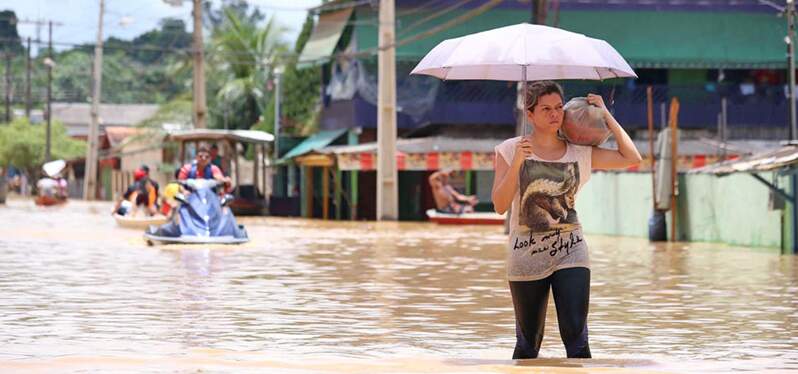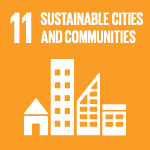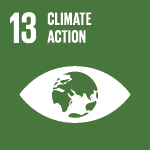Posted in: 10/13/2023
Brazil has been the scene of different types of natural disasters over the years, such as droughts, extreme temperatures, floods and storms. Between 1991 and 2020 alone, more than 63 thousand disasters were recorded , according to a survey released in 2022 by the Ministry of Regional Development .
Among the recent disasters are the extreme droughts that hit the Amazonas region, which on September 9th recorded, in Manaus, the 5th biggest drought in history . In addition to Manaus, 59 other cities in the state are experiencing the same situation. The water level of the Rio Negro is approximately 1.41 meters above the level recorded during the greatest drought in 2010.
On the other hand, the southern region of the country has faced heavy rains and gusts of wind, causing floods and landslides, mainly in the states of Rio Grande do Sul and Santa Catarina, the latter with a volume of rain exceeding 80 mm in a single end. of the week.
In the Southeast, São Paulo recorded temperature records during the winter, reaching over 34°C on the capital’s thermometers. Furthermore, at the beginning of 2023, the coastal region of São Paulo was devastated by heavy rains, landslides and falling barriers, which resulted in a state of calamity decree at the time.
Brazil has adopted actions and public policies to prevent and recover areas affected by natural disasters. The Federal Court of Auditors (TCU) monitored actions by the National Secretariat for Civil Protection and Defense (Sedec) for the preparation, response, reestablishment and recovery of territories affected by the rains in Minas Gerais, São Paulo, Rio de Janeiro, Bahia and Pernambuco, in the year 2021.

During the monitoring, it was possible to evaluate the methodology used to identify disaster situations , the tools used to create alerts for the population and the impediments to requesting resources for disaster recovery .
In addition to monitoring, there is a proposed Bill that aims to guarantee a reserve of resources , through the Budget Guidelines Law, allocating an amount for actions to prevent and combat tragedies resulting from natural disasters.
To prevent future natural disasters, it is essential to analyze and understand the particularities of each disaster, making it possible to adopt prevention and mitigation measures.
To this end, the Geological Survey of Brazil – CPRM has monitored geological risks considered high and very high, that is, those that have the capacity to generate considerable or destructive damage during intense rains.
The service shows, for example, that the state of Santa Catarina has the largest number of areas at risk of disasters, compared to other states in the country. This allows public bodies to plan and act in advance to minimize the impacts of the rains that hit the region.
Furthermore, in 2015, Brazil signed the Sendai Framework 2015-2030 , which aims to guide countries, join efforts to minimize disasters and increase response capacity for such events, through goals that aim to reduce mortality caused by disasters, the reduction of affected people , the reduction of economic losses and structural damage, in addition to increased access to warning systems and the implementation of risk reduction strategies.
With knowledge in management and prevention of natural disasters , Synergia Socioambiental carries out planning and management activities for repairs in environmental disasters and emergency response plans. Do you want to understand how it works or learn more about our disaster prevention plans? Contact our commercial team .


Sign up and receive our news.